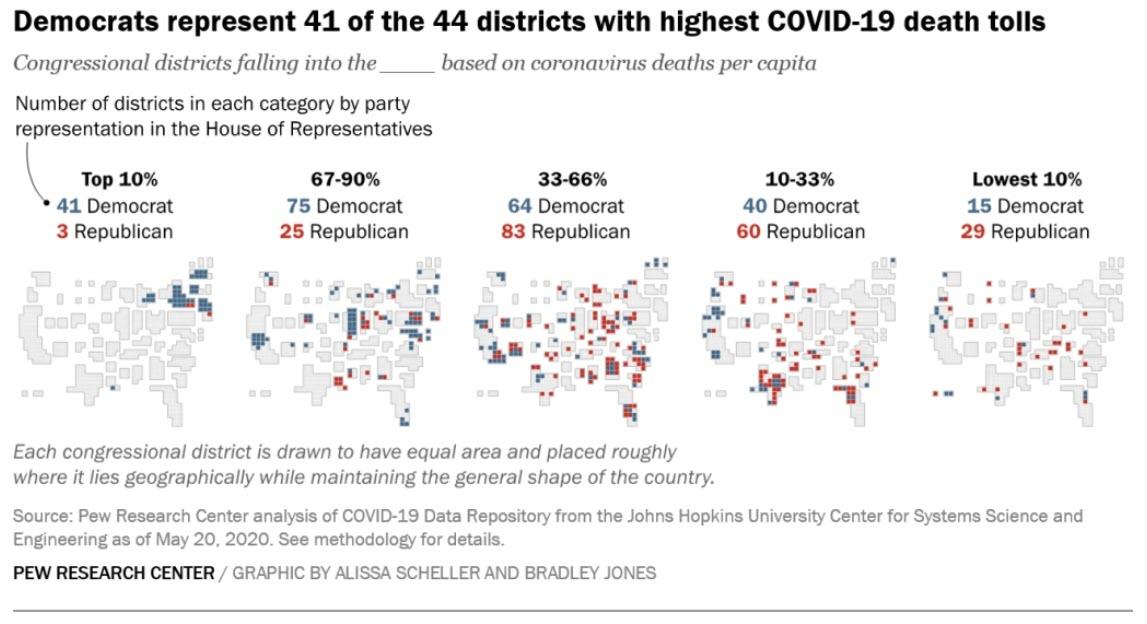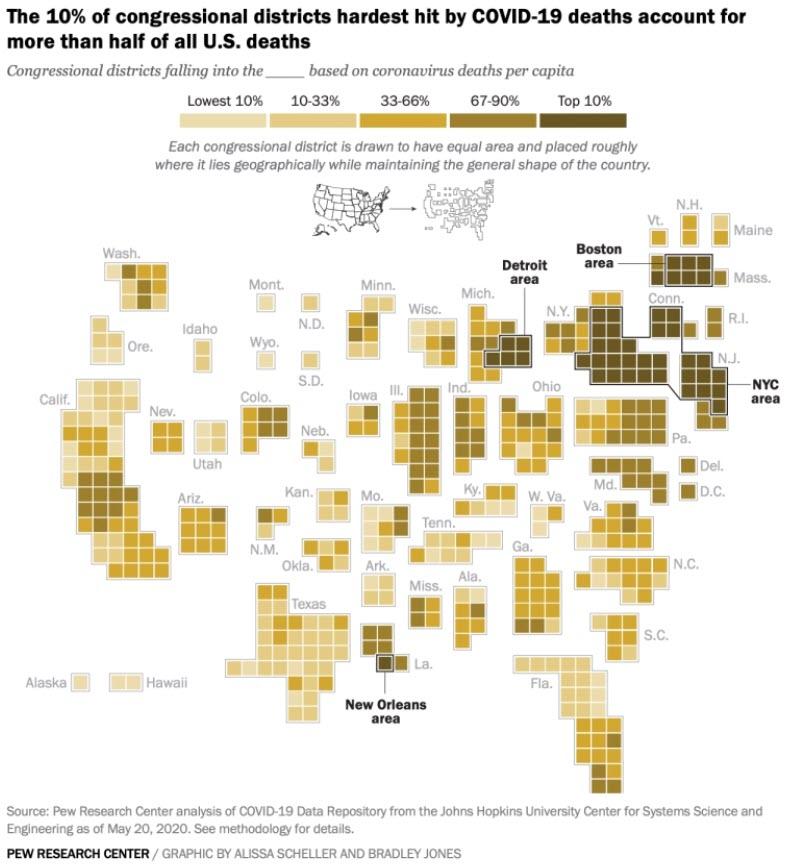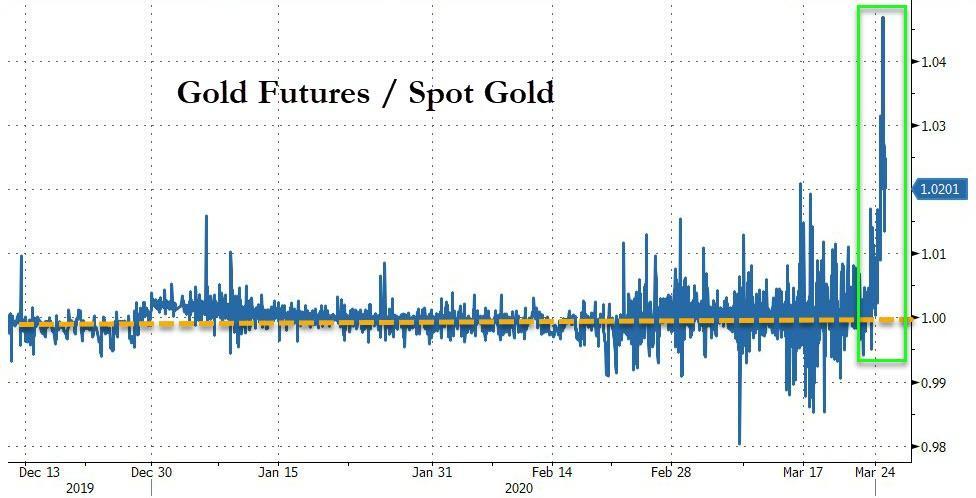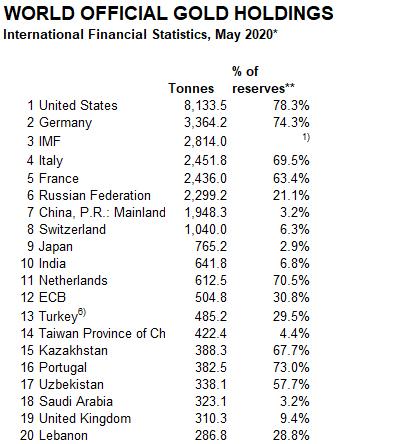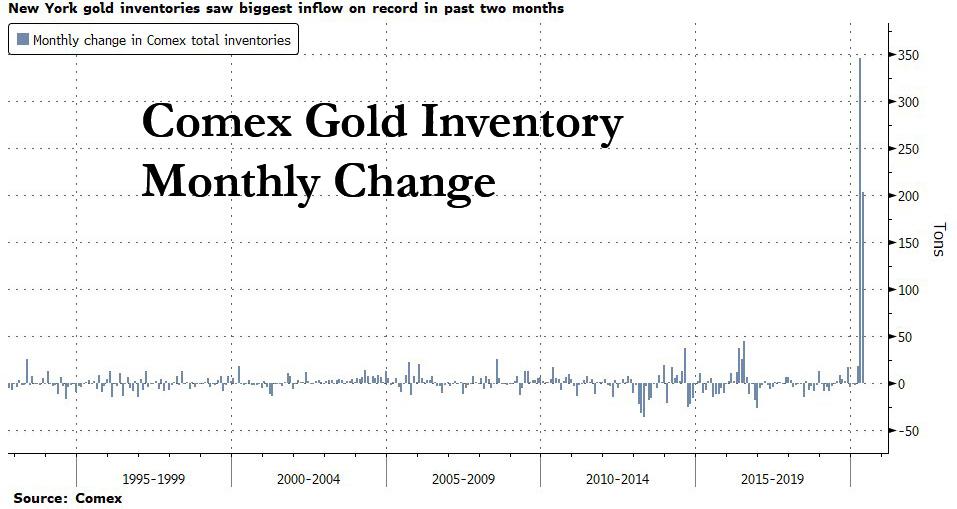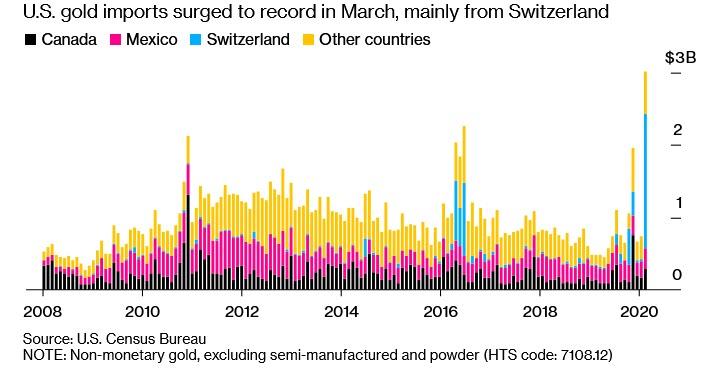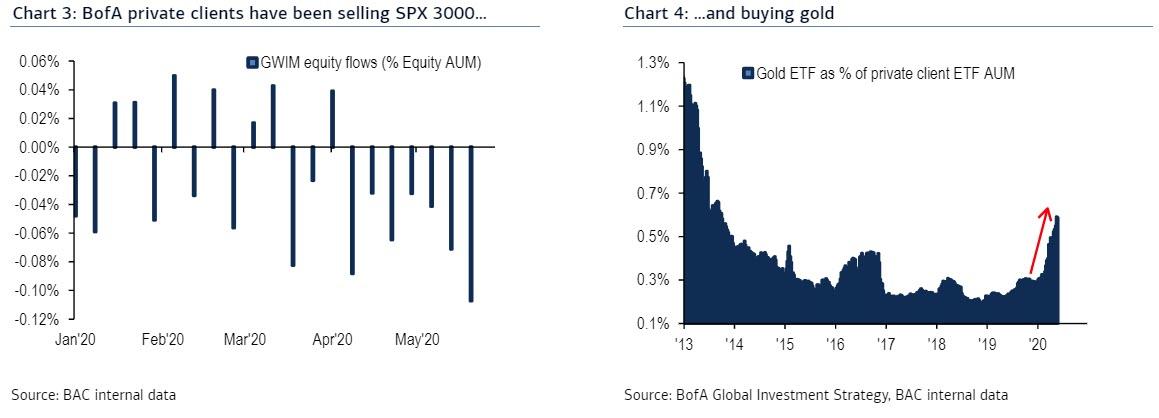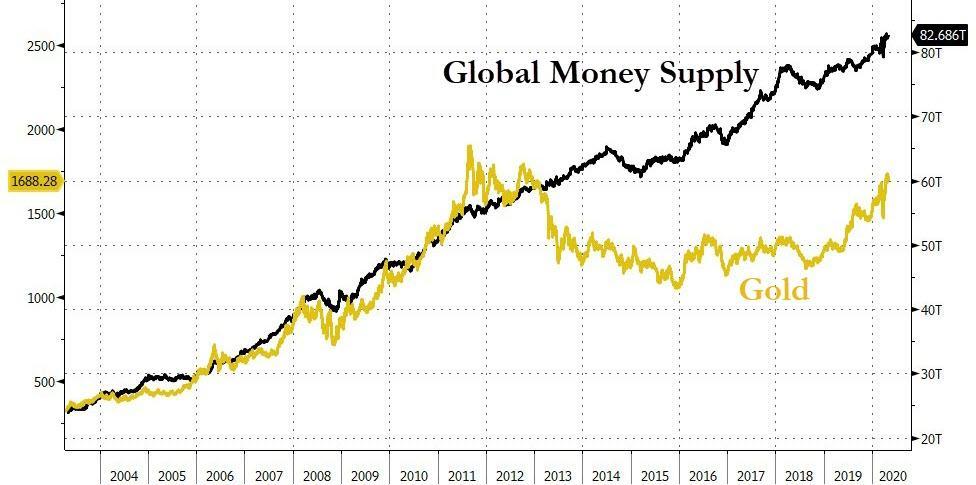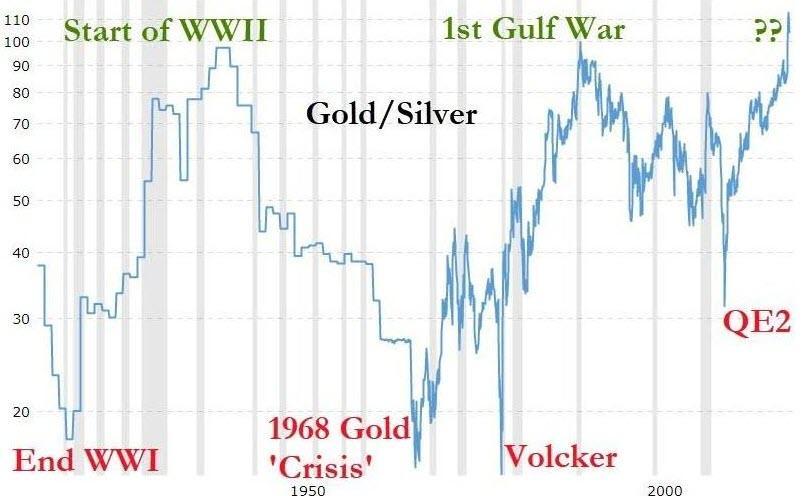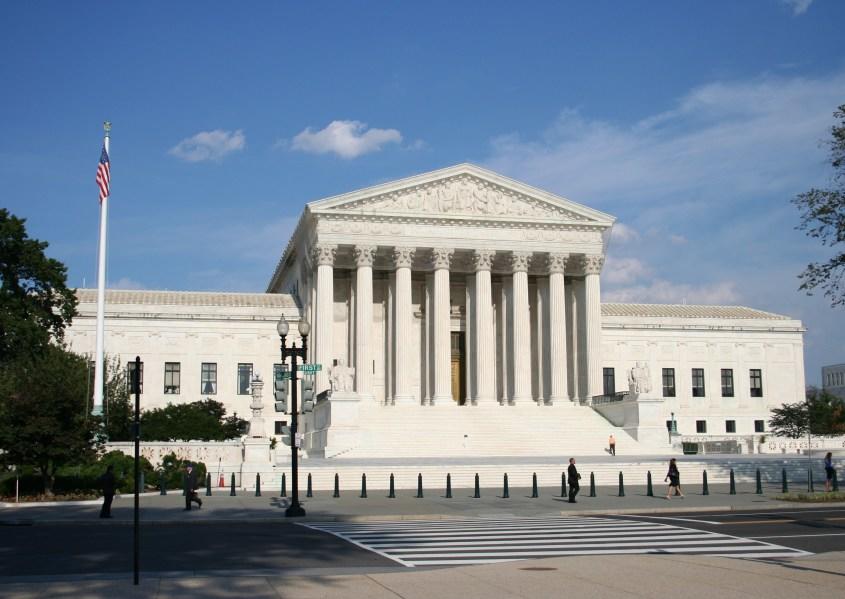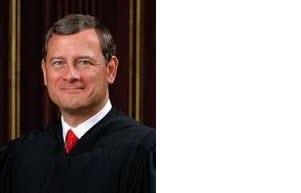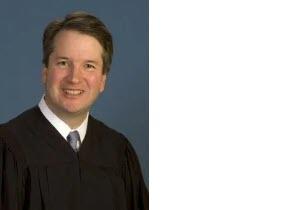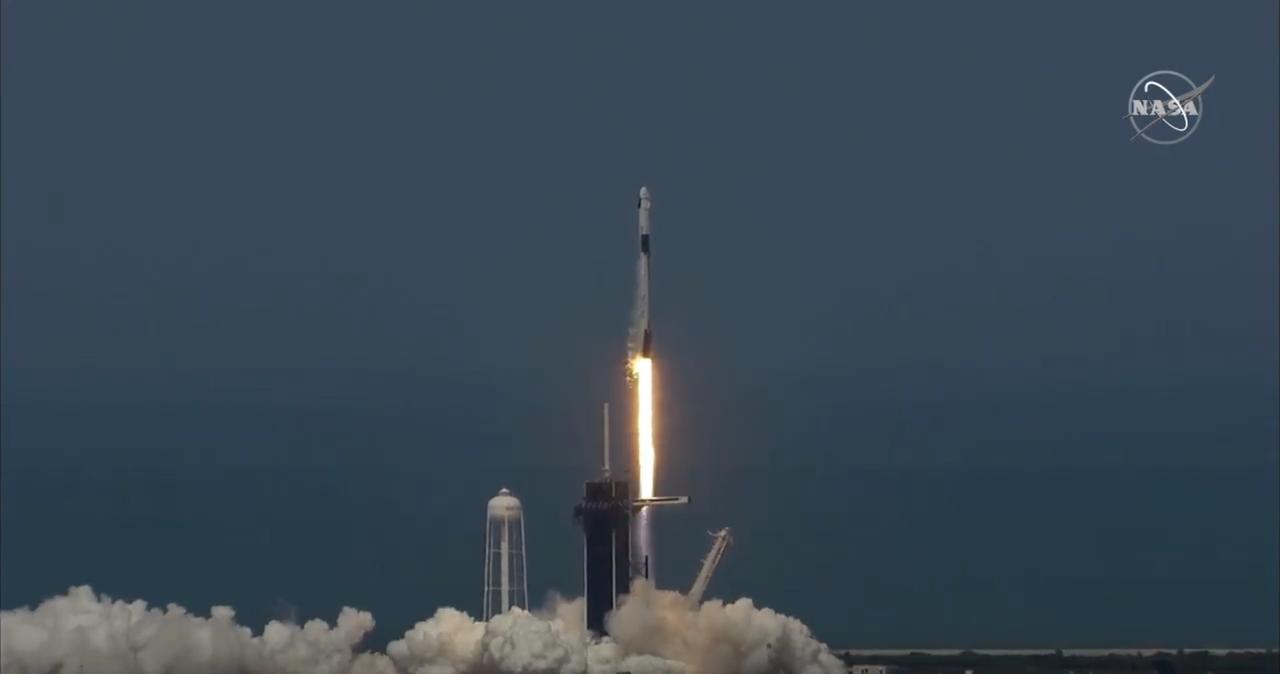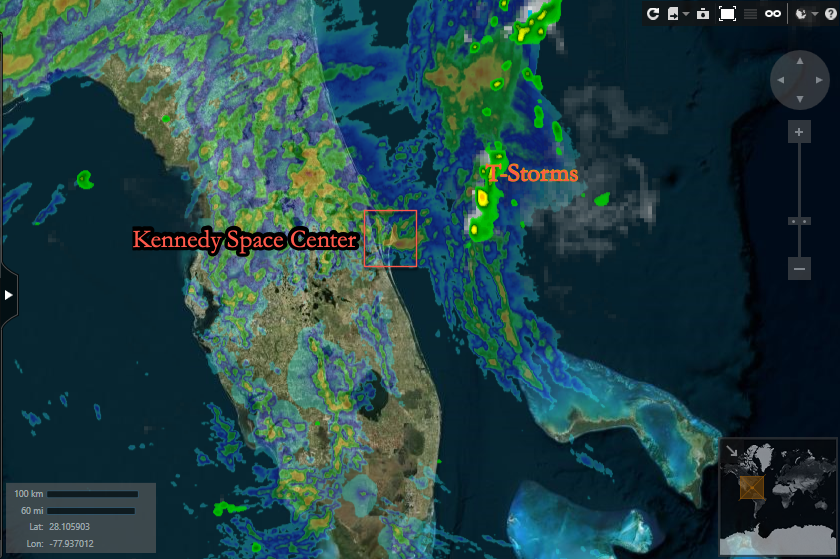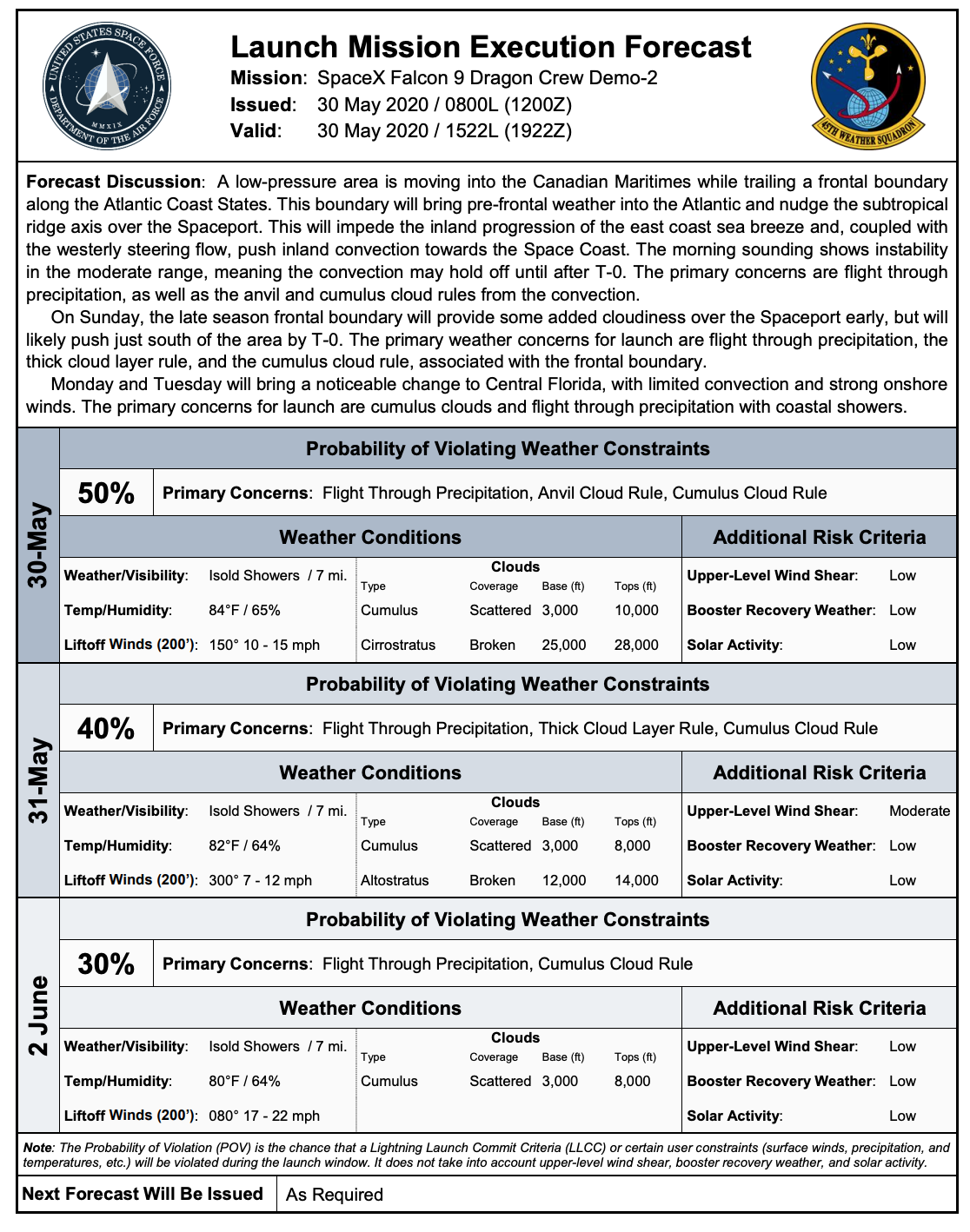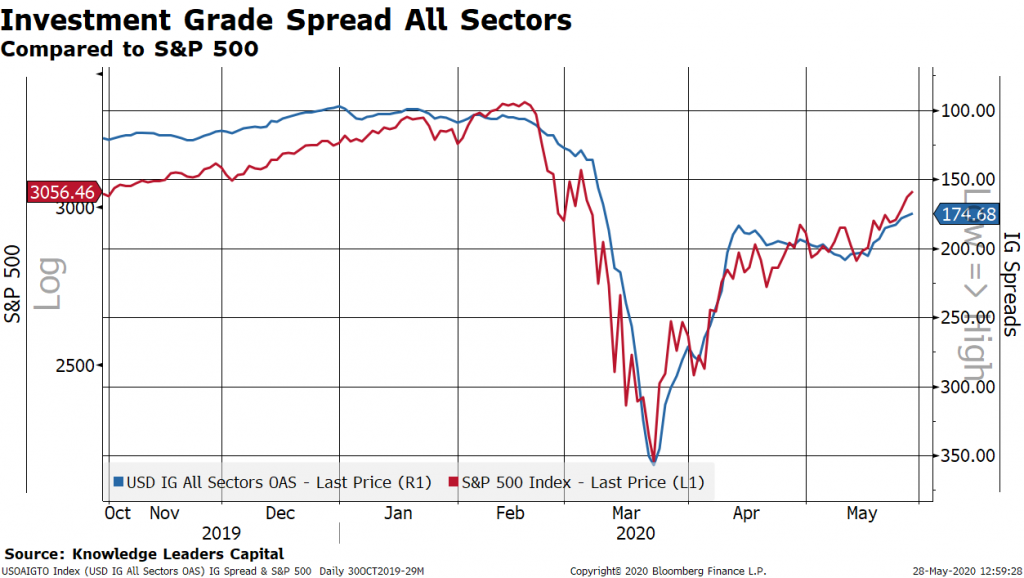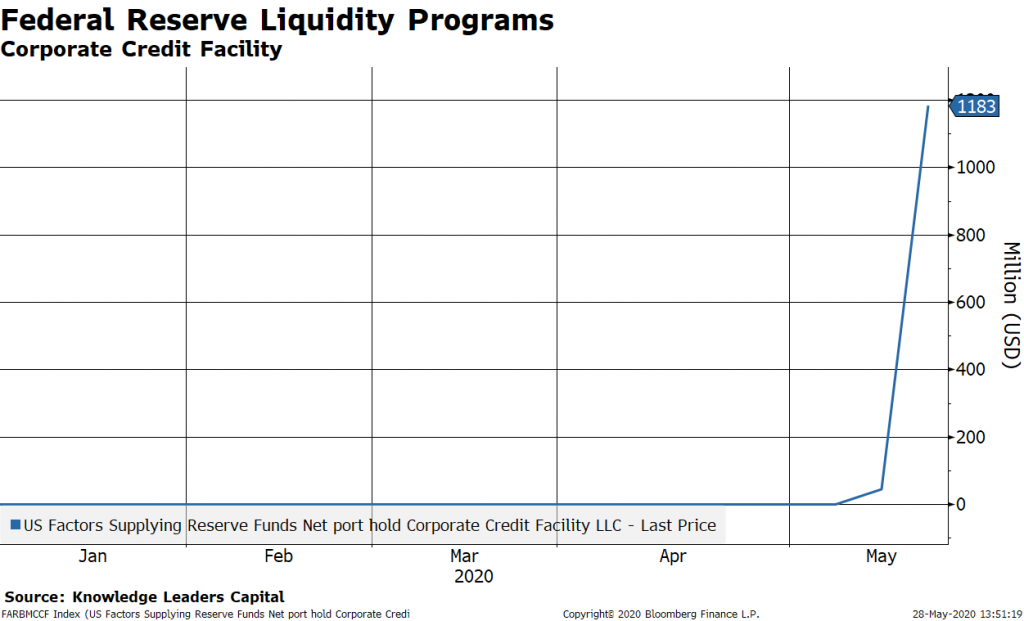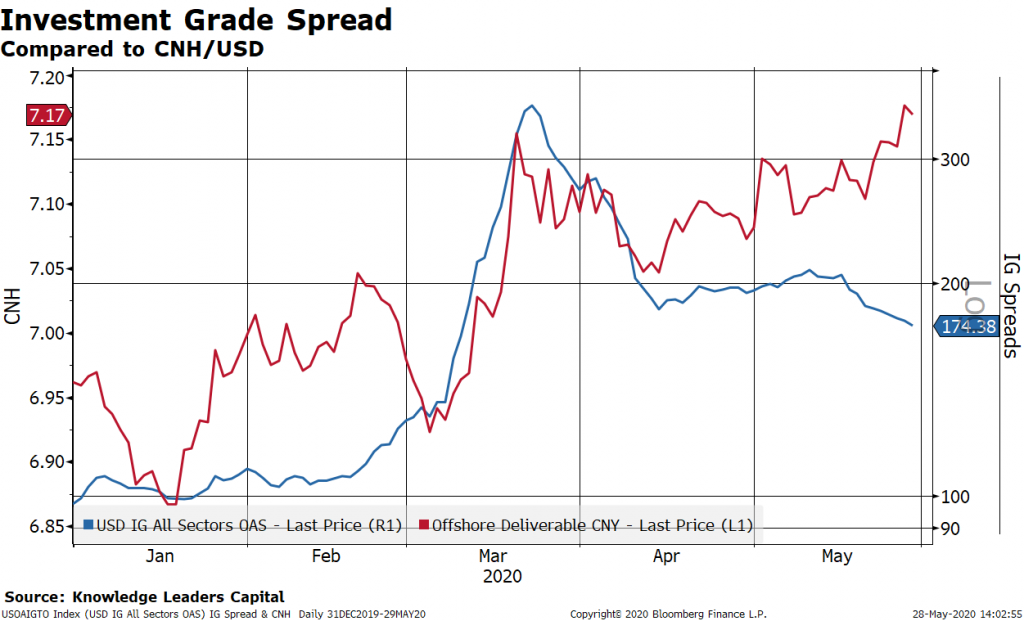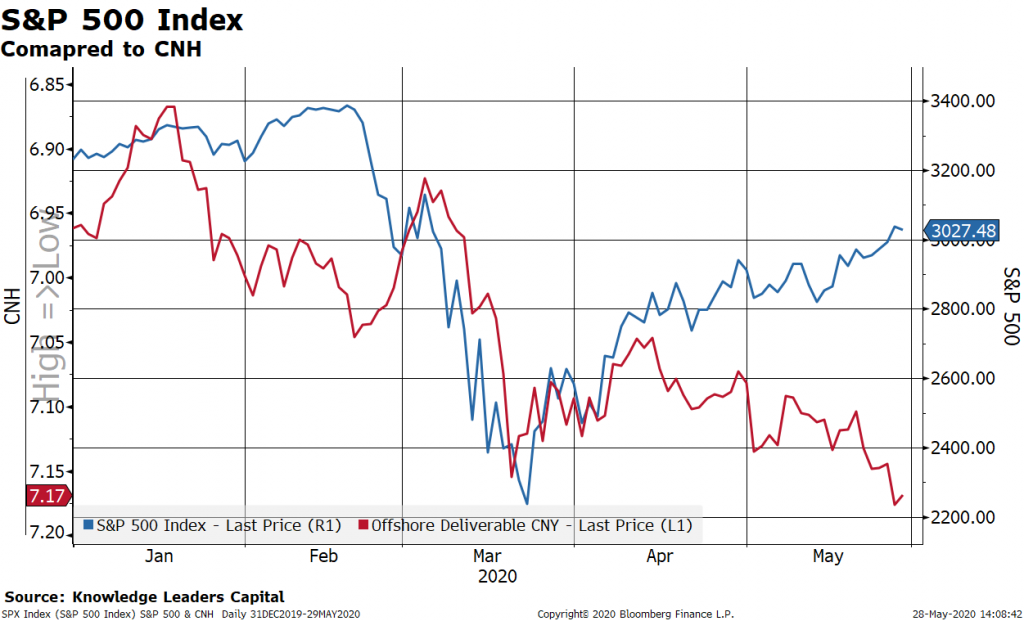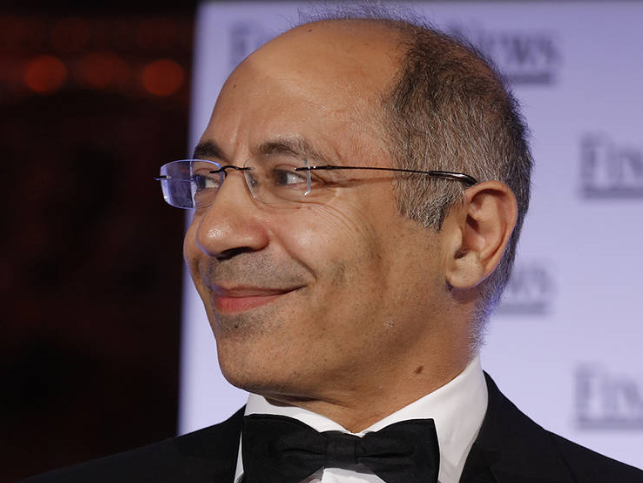Chief Justice Roberts issued an unusual concurring opinion last night to the Court’s denial of injunctive relief to churches objecting to California Governor Newsom’s public health orders. On the one hand, he emphasized that judges should not be too quick to intercede in the governmental response to a rapidly changing and devastating pandemic. On the other hand, he concluded his brief opinion by emphasizing that this was especially true when “a party seeks emergency relief in an interlocutory posture, while local officials are actively shaping their response to changing facts on the ground.”
State governors might breathe a sigh of relief that the chief justice did not join his conservative colleagues questioning the constitutionality of state restrictions on church services and cited some particularly deferential opinions from the past to support his vote. As Josh Blackman has pointed out, those citations seem fairly inapt to the situation at hand and seemed most designed to emphasize the importance of judicial deference broadly. Citing Harry Blackmun, as the chief justice did, is always a risky thing to do, but Roberts might be said to be following former Chief Justice William Rehnquist as much or more than Blackmun here.
Roberts clerked for Rehnquist, of course, and Rehnquist, like Roberts, was unquestionably a conservative jurist. But Rehnquist notably reflected a kind of post-New Deal conservative jurisprudence that emphasized the scope of the police powers and deemphasized the scope of individual liberty. It is easy to imagine Rehnquist urging the courts to defer to the discretionary power of state government officials in the context of a public health crisis, as he did in many other contexts. Rehnquist was a judicial hawk on federalism, but part of the point of federalism jurisprudence for him was pushing policymaking authority down to state and local elected officials. Federal officials, including federal judges, should be more hands off than the Warren and Burger Courts were inclined to be and let governors and state legislatures act in the public interest as they and their electorates understood it. Roberts’ quote from the Progressive Era Jacobson vaccination case would not have been out of place in a Rehnquist opinion.
Governors should be cautious not to read too much into Roberts’ vote, however. Roberts evinces concern that unelected judges not second-guess difficult public health policymaking, but he also emphasized that the Court should be particularly hesitant to act on such an emergency motion when government policy is in flux in response to rapidly changing events.
Roberts did not reveal his hand on how he would apply the most relevant doctrine to this particular case, the Rehnquist Court’s precedents on the free exercise of religion. That would require examining the particular question of how church services are being treated compared to similarly situated secular activities. Justice Kavanaugh’s three-justice dissent (which Alito did not join, despite dissenting from the Court’s order) does briefly take up that question and asks whether churches can be treated differently than grocery stores. I find that to be a singularly unpersuasive comparison, and I hope Kavanaugh and his colleagues do better when a similar case eventually reaches them for full argument. But Kavanaugh is raising real issues.
Governors will need to explain why their specific restrictions on churches are actually justifiable in light of the current state of the pandemic, and why churches should be subject to these particular restrictions given that California, for example, is now opening up hair salons. Attending church services might not be very comparable to grocery shopping, but governors will have a much harder time explaining why religious assemblies should be more restricted than businesses providing personal services or less tolerated than various kinds of secular public assemblies, such as public protests.
It appears that traditional religious services pose real dangers of transmitting this kind of respiratory infection, and thus are particular dangers to public health. If the only risk were to the congregants attending the services, then that would be one thing and we should generally let consenting adults assume whatever risks to their own personal health that they might be willing to tolerate. But that is not the situation. The risk is not merely borne by those who decide to assemble in closely packed environs, but by all those who come in contact with them in the subsequent days, and by all those who come into contact with those who have come into contact with the congregants, and so on. Individual liberty, including religious liberty, comes with limits.
The state has a real interest in preventing churches from becoming virus incubators, but it also has an obligation to impose regulations that are reasonable and to treat religious activities no differently than other, similarly situated activities. Public health officials needed, and received, particular deference in the early days of the pandemic as they struggled to respond to an uncertain but dangerous situation. But there are limits.
Judicial, and political, deference to public health officials should not be unbounded. We cannot live with emergency measures forever. The excuse that the virus in unknown and uncontrolled only works for so long. Governments had an obligation to use the time that was purchased by the lockdown to prepare for the inevitable reopening. It is not at all obvious that they used that time wisely or productively. Courts have an obligation to insure that governments not restrict liberty more than is necessary or for longer than is necessary, even in a pandemic.
Roberts gave California and other states more time to recalibrate their emergency orders, and they had better take advantage of it. They should not assume that five justices will continue to be willing to defer to sweeping restrictions on daily life indefinitely, or when another case reaches the Court in a better posture to support careful judicial deliberation of the merits.
from Latest – Reason.com https://ift.tt/2Ua754b
via IFTTT
